Designing fixtures for flexible manufacturing systems is a challenging process that often results in costly mistakes. By testing fixtures virtually, companies can save time and money. This research explores new methods to improve this process and optimize manufacturing outcomes.
An important aspect of producing products with Flexible Manufacturing Systems (FMSs) is designing proper fixtures, that hold components securely and accurately during machining.
The fixture design is particularly challenging and time-consuming, due to the requirements for automation, precision and vibration stability. Satisfying these requirements is decisive and companies often face costly, trial-and-error campaigns with physical prototypes to arrive at a robust fixture design.
Avoiding these iterations by evaluating fixture performance in a virtual environment will offer notable cost and time savings for these companies, but developing reliable virtual assessment tools is challenging, due to difficulties in predicting the stiffness and damping properties of the fixture assembly, which are affected by complicated nonlinearities resulting from contacts across the workpiece and the fixture.
Recent methods in modelling the dynamics of contacts and joints have shown some promise in predicting these behaviours. Considering these points, the proposed research aims to assess the performance of these methods, for fixture design and evaluating machining outcomes for Flexible Manufacturing Systems.

